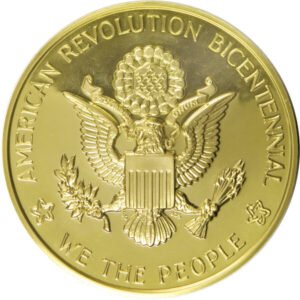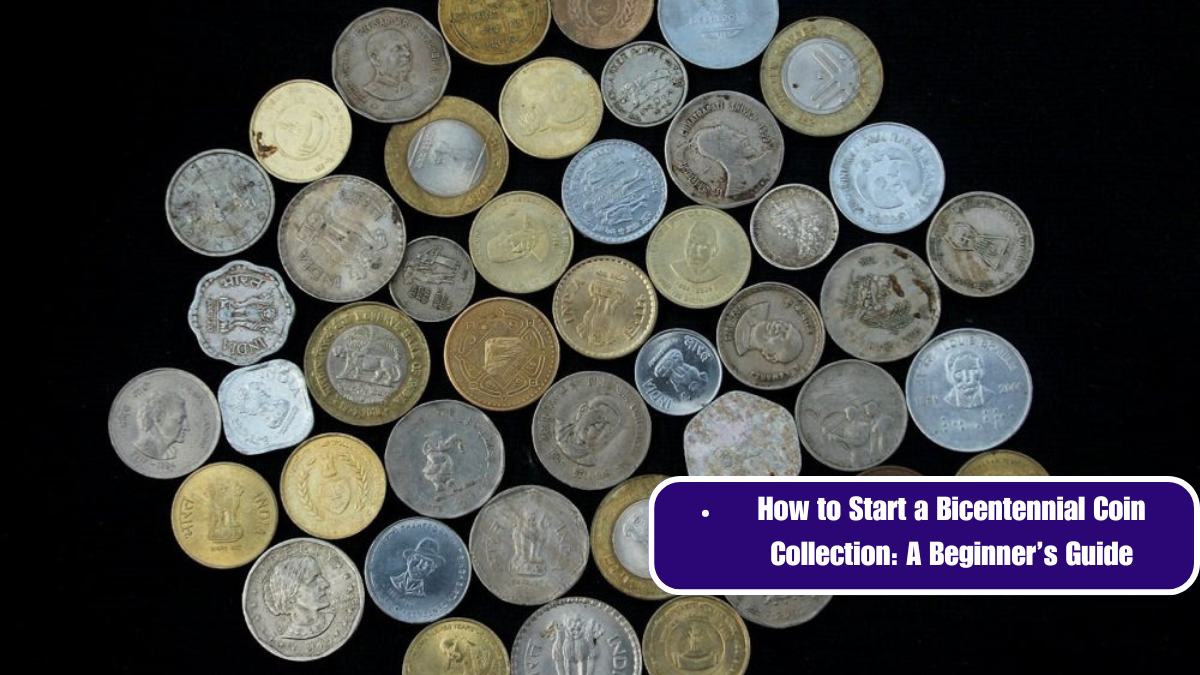In 1976, America celebrated its 200th anniversary with grand festivities, reflecting on the nation’s history and looking toward its future. One of the most enduring symbols of the Bicentennial celebrations was a series of specially minted coins, which hold a cherished place in American numismatic history. These coins, issued by the U.S. Mint, not only commemorated the nation’s past but also captured the spirit of a landmark year.
The Bicentennial Coin Series
The Bicentennial Coin Series was distinctive for its special designs and symbolic representation of America’s heritage. The series included a redesign of the quarter, half dollar, and dollar coins, each adorned with unique imagery that reflected the nation’s historical roots.
1. The Bicentennial Quarter
The 1976 Bicentennial quarter featured a reverse design created by artist Jack L. Ahr. Instead of the traditional eagle, the reverse side of the quarter depicted a colonial drummer, symbolizing the Revolutionary War era. Surrounding the drummer was the inscription “1776-1976,” signifying the bicentennial. The obverse side retained the familiar profile of George Washington, designed by John Flanagan, but the coin’s design was altered to accommodate the new reverse.
2. The Bicentennial Half Dollar
The half dollar, also redesigned by Ahr, showcased a depiction of the Liberty Bell superimposed over the moon. This design was meant to reflect both America’s revolutionary past and its aspirations. The reverse featured the inscription “1776-1976” along with the Liberty Bell, creating a powerful visual connection to the nation’s founding principles.
3. The Bicentennial Dollar
The Bicentennial dollar was perhaps the most memorable of the series. The reverse design, created by artist Dennis R. Williams, depicted a rendition of the Continental Congress in 1776, with a depiction of the Liberty Bell and the words “1776-1976” prominently displayed. This design aimed to capture the historic moment of America’s Declaration of Independence. The obverse maintained the familiar image of Eisenhower, but with the addition of the new reverse design, it became a symbol of the country’s historical celebration.
The Impact and Legacy
The Bicentennial coins were not only a reflection of American pride but also a testament to the country’s commitment to honoring its history. The U.S. Mint produced these coins in vast quantities, making them widely available to the public. This widespread availability led to the coins becoming a popular collectible item, often seen as both a piece of history and a symbol of American pride.
The 1976 Bicentennial coins were also notable for their unique feature: the obverse designs were retained from previous years but were altered to incorporate the new reverse designs. This made the coins stand out from their predecessors and successors, adding to their appeal among collectors and historians.
Today, these coins continue to be valued not just for their historical significance but also for their artistic design and connection to a pivotal moment in American history. They serve as a tangible reminder of the nation’s 200th birthday and the spirit of unity and celebration that characterized the Bicentennial year.
The Bicentennial coins of 1976 hold a special place in American numismatic history. Through their distinctive designs and symbolic representations, they commemorate the nation’s 200th anniversary and reflect a period of national pride and reflection. Whether as collectibles or historical artifacts, these coins offer a lasting tribute to America’s enduring legacy and the spirit of its Bicentennial celebrations.













